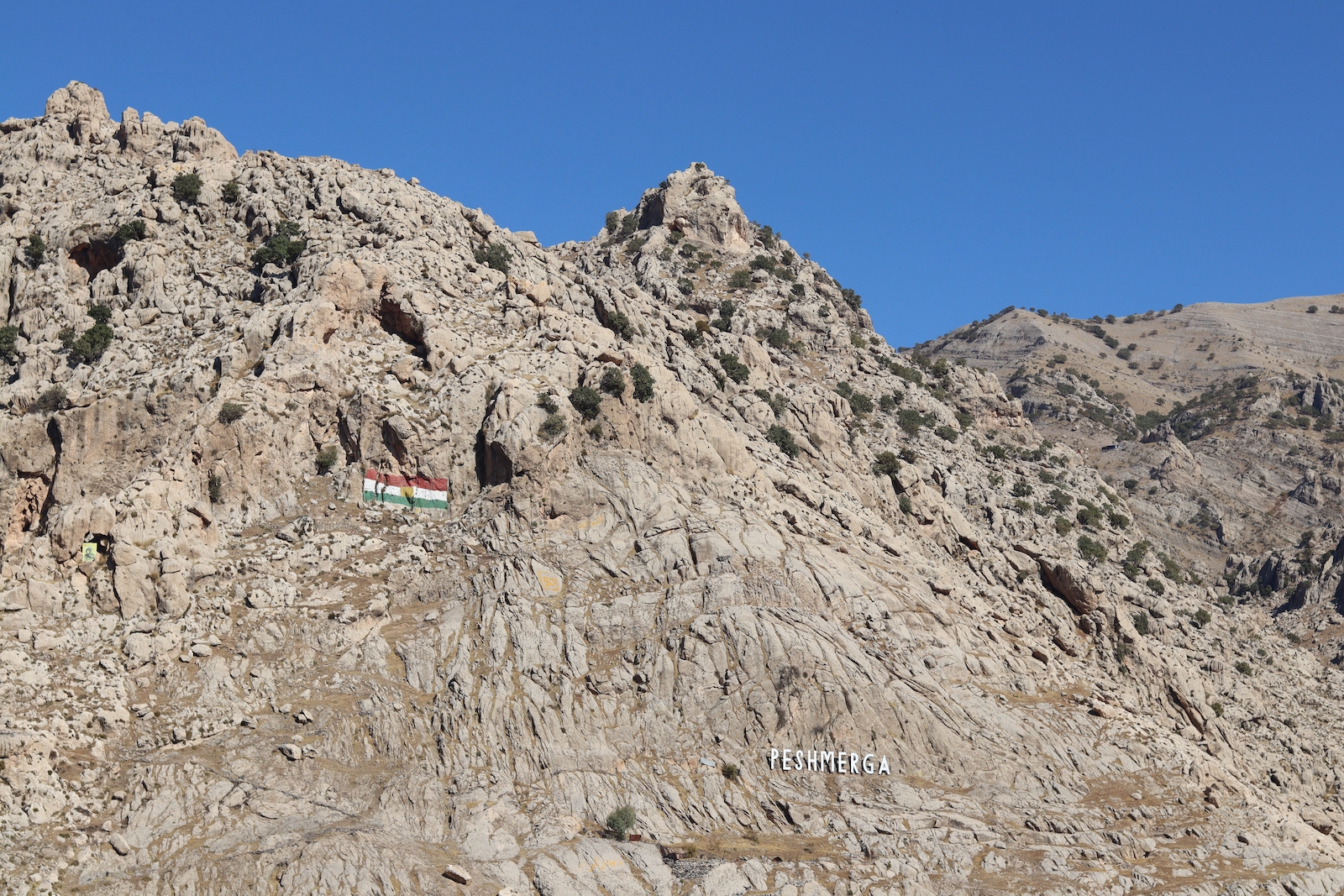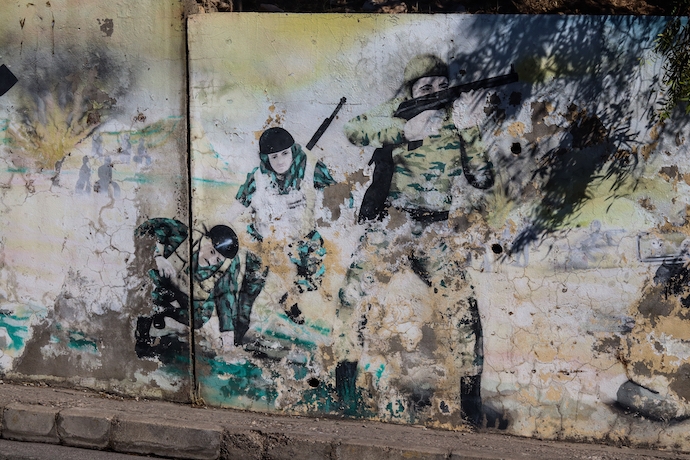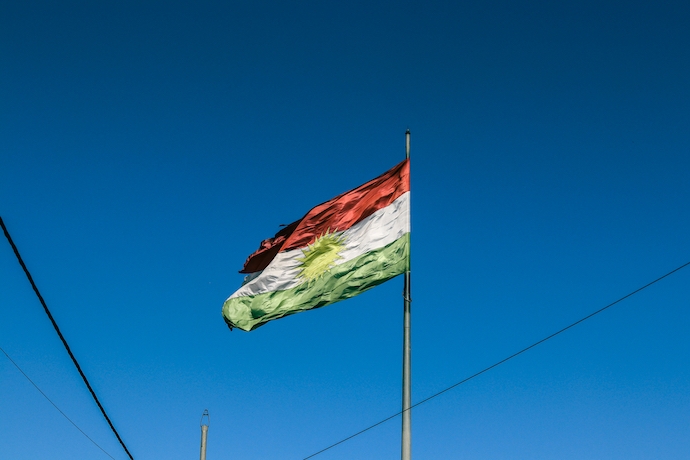
Can Reforming the Peshmerga Help Contain an ISIS Resurgence?
The Peshmerga, which means “those who face death,” is the Kurdish branch of the Iraqi military and the military of the autonomous region of Iraqi Kurdistan.
In 2014, when ISIS conquered Mosul, thus gaining control over a third of the country’s territory, the Iraqi military went into retreat. Kurdish Peshmerga, on the other hand, mobilised and took up the fight against the extremist organisation.
During the war against ISIS between 2014 and 2017, the Peshmerga proved to be highly effective in fighting the terrorist group but not without losses. It is estimated that more than eleven thousand fighters lost their lives.
Once ISIS lost its stronghold in Iraq in 2017, a Peshmerga reform project was launched by the United States, the United Kingdom, the Netherlands, and Germany.
The goal of the reforms, as indicated by its name “Peshmerga of the Future,” has been to create a more effective, modern, and professional force by 2025. And yet, almost five years later, very few aspects of the project have been realised.

After 2017, the project lost its momentum as ISIS was perceived to no longer be a serious threat. In reality, however, ISIS it is still far from defeated. The group continues to be active in rural areas and remains a lethal insurgent force that is responsible for several attacks throughout Iraq.
And, to prevent an ISIS resurgence, enhancing the Peshmerga is essential.
The ISIS caliphate was officially abolished in March 2019. Since then, ISIS has not been able to hold territory in Iraq. And yet, suicide bombings, assassinations, and kidnappings carried out by ISIS fighters continue throughout Iraq. According to the Soufan Center, “between January 2020 and September 2021, ISIS claimed an average of 90 operations per month in Iraq.”
Already in 2022, ISIS has already carried out several attacks in Iraq, the majority of which took place in Kirkuk, Diyala, and Salah al-Din provinces. Moreover, on January 20th, ISIS gunmen attacked a military barracks north of Baghdad, killing 11 soldiers as they slept. As NBC News reported, this was “the deadliest attack in months on Iraq’s military.”
When ISIS was at its peak, it also went through periods where it would lay low, collecting money and weapons, to then re-emerge and carry out attacks even more deadly than before.
It is clear that ISIS continues to operate from the shadows. Therefore, Iraq needs to enhance counterterrorism efforts to be able to repel the group, especially as the U.S. has shifted to an advisory role and is no longer engaged in combat missions in the country.
Although the Peshmerga have a track record of success in both deterring ISIS and defeating it in combat, numerous challenges lie ahead.

The Peshmerga needs professional training, better equipment, and more arms to be able to counter ISIS, which uses advanced weapons that it has captured over the years. In 2018, Amnesty International reported that among the weapons that ISIS was able to obtain were “portable air defence systems, guided anti-tank missiles, and armoured fighting vehicles.”
During the fighting against ISIS between 2014 and 2017, the Peshmerga repeatedly expressed concerns about not having enough weapons to fight the group effectively. In theory, as the Peshmerga is a branch of the Iraqi military, it should have been receiving materiel from the Iraqi government. In practice, however, the Peshmerga has been largely dependent on support from Western countries for weapons but also for salaries for its fighters.
Since the introduction of the reform project, attempts have been made to make the Peshmerga a ‘regular’ military force, but the progress has been slow for several reasons. The main one is the divide between Iraqi Kurdistan’s two main political parties, the Kurdish Democratic Party (KDP) and the Patriotic Union of Kurdistan (PUK).
Regional brigades in Iraq should be free from political influence but that is not the case with the Peshmerga. Some brigades are loyal to the KDP and others to the PUK. That leads to internal divides within the Peshmerga and represents a significant challenge to creating a united Kurdish force. On top of that, the two parties retain their own Peshmerga, called the 70s and 80s forces, so they worry that unification might loosen their grip on power.
In 2017, when the reform project was proposed, the Western coalition suggested that the Peshmerga should be “under the control of the non-political Ministry of Peshmerga,” Foreign Policy Research Institute explains. Uniting the Peshmerga who are under the control of the KDP and the PUK is necessary to create an effective modern Kurdish army.
Unfortunately, political tensions between the KDP and the PUK are not the only obstacle. There is also a matter of the Kurdish society perceiving the Peshmerga as heroes and not wanting their status to be diminished by formalising and regulating their status. Taking this narrative into consideration, reforming the forces requires encouraging Kurds to stop perceiving the Peshmerga fighters as unbeatable fighters. Making the Peshmerga ‘ordinary soldiers’ would not signify taking their status away from them, it would simply mean filling the gaps in training and improving their fighting capabilities.
Completing the reform of the Peshmerga requires great effort but it is necessary to prepare the Kurdish forces for the possibility of there being another war against ISIS in the near future, especially since this battle they would most likely have to fight would be on their own.

